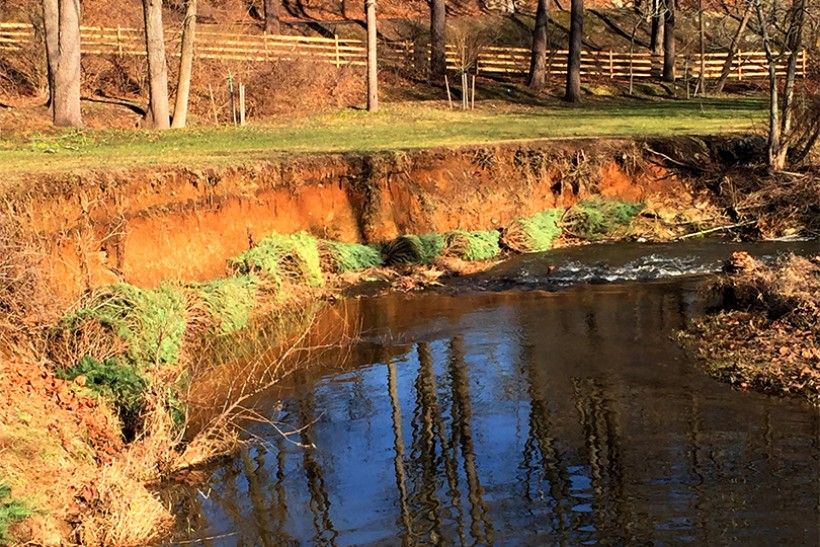Oh Christmas Tree: Working with Stroud to Protect Our Stream Banks
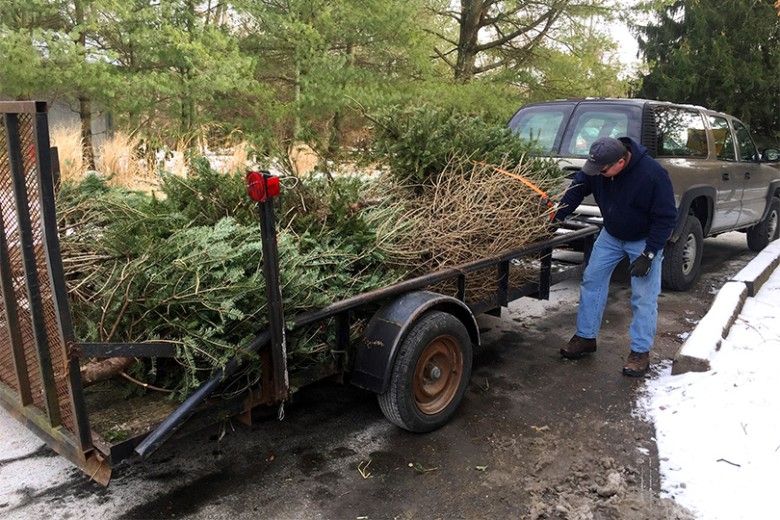
The benefits to purchasing a locally sourced, live Christmas tree are numerous. Not only are you supporting local agriculture and helping maintain the character of our rural spaces, but the carbon footprint of your tree is greatly reduced (many box store trees are shipped in from faraway places resulting in the consumption and burning of additional fossil fuels).
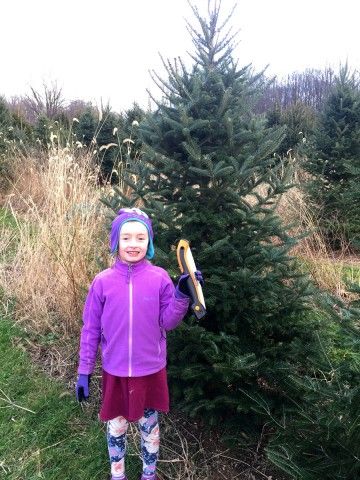
What to Do With the Tree in January
At the end of the festive season, however, there is always the question of what to do with that Christmas tree that has brought us so much joy over the holidays. Rather than find its way to the local landfill, there are many ways in which to repurpose our spent Christmas trees for the benefit of our environment and community. Many municipalities now offer programs to recycle your Christmas tree into mulch that can be used in gardens or on trails in local parks, so check your municipality's website or call and find out what the options are in your township. Some may require you to bring the tree to a central location, while other may have designated pick-up days to collect trees from neighborhoods.
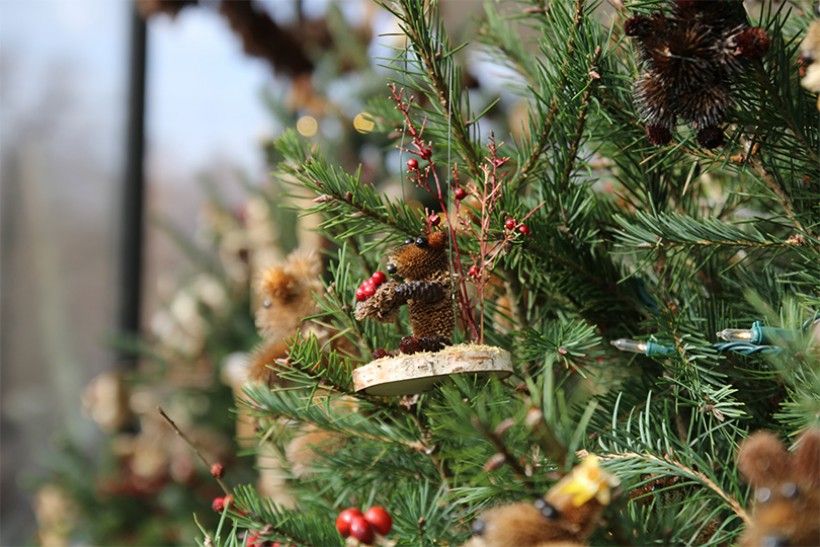
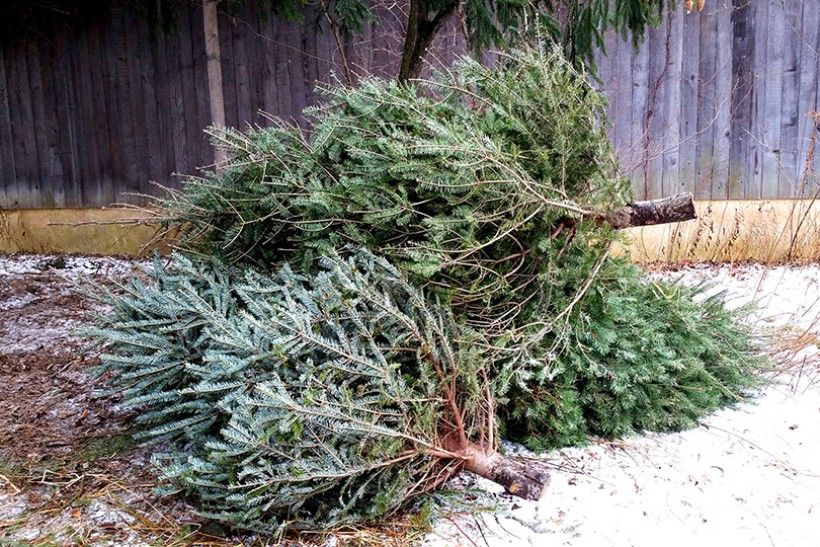
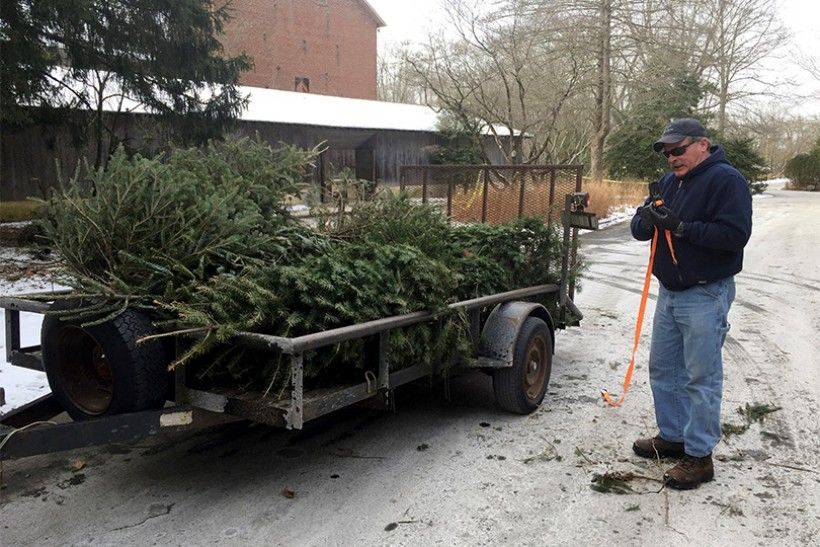
Making Christmas Trees a Gift that Gives All Year Long
Here at Brandywine Conservancy & Museum of Art we have found another way to recycle our trees that have adorned our lobby and brought countless smiles of joy to visitors of the museum over the past few weeks. Working with our partners at Stroud Water Research Center, our trees will be repurposed in structures known as tree revetments in local streams and some of the local streams we are helping protect are on properties where the Brandywine Conservancy holds permanent Conservation Easements. Tree revetments help stabilize unprotected stream banks and prevent further erosion by slowing down the speed of the water at the base of the bank and allowing sediment held in the water to be deposited, over time rebuilding the bank and allowing vegetation to become established. In addition, the trees provide refuge and habitat for fish, and as they decay a source of organic matter for macroinvertebrates who inhabit the stream.
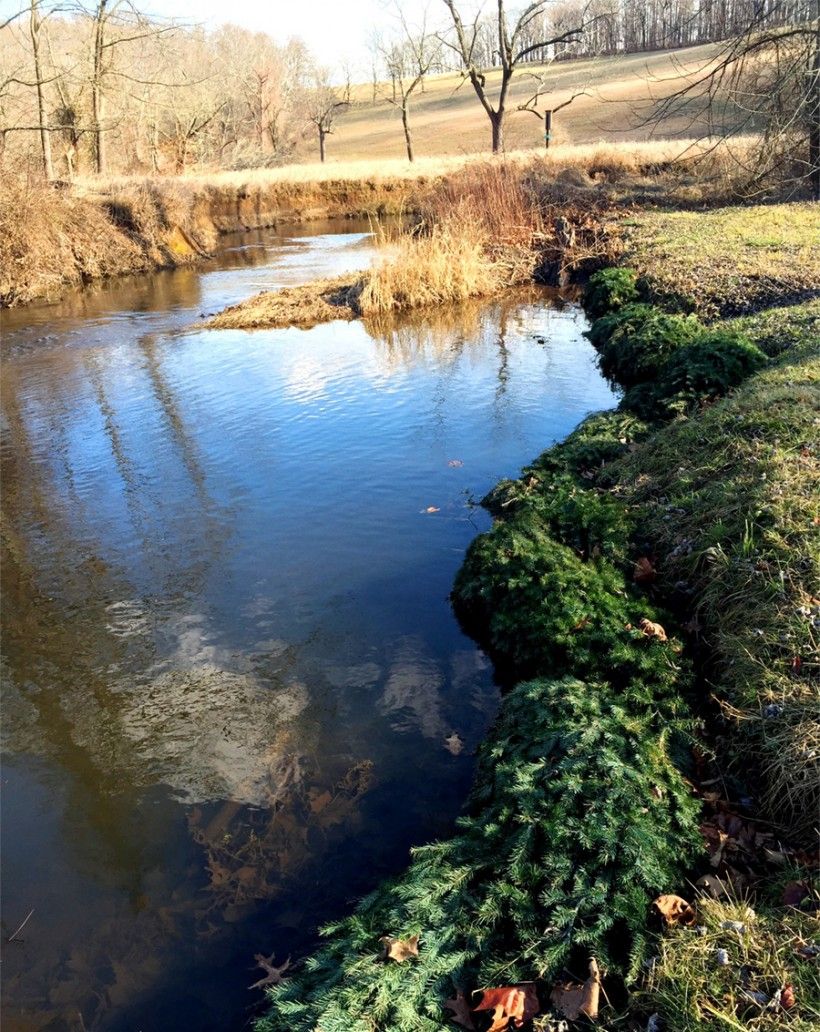
Saving Stream Banks with a Little Help from Our Friends
To be effective, the Christmas trees are anchored at the toe of the bank (where the bank meets the stream bed) and are placed with the lower and widest end of the tree facing the flow. Trees are overlapped as you move upstream until the entire length of the bank is protected. The fine branch structure of Christmas trees, which helps break the stream flow and catch sediment, make them an excellent choice for tree revetments. Placed correctly, the trees will also help catch any soil that may continue to fall off the bank and lessen its chance of washing downstream. In combination with willow stakes and the planting of other trees and shrubs, tree revetments can play an important role in restoring streams and their associated streamside vegetation, bringing cleaner water for us all.
50 Years on the Water
As the Brandywine Conservancy celebrates its 50th anniversary this year, we do so with a strong plan for our future—increasing the 63,000 acres already permanently protected; planting our 50,000th tree for our “50 by 50” campaign; and building on the principles of our founders to preserve the natural and cultural heritage of our region, with a focus on the Brandywine Creek. This is just one of the many ways we work every day to protect clean water for local families and we hope you’ll join us to celebrate this landmark achievement in 2017!
